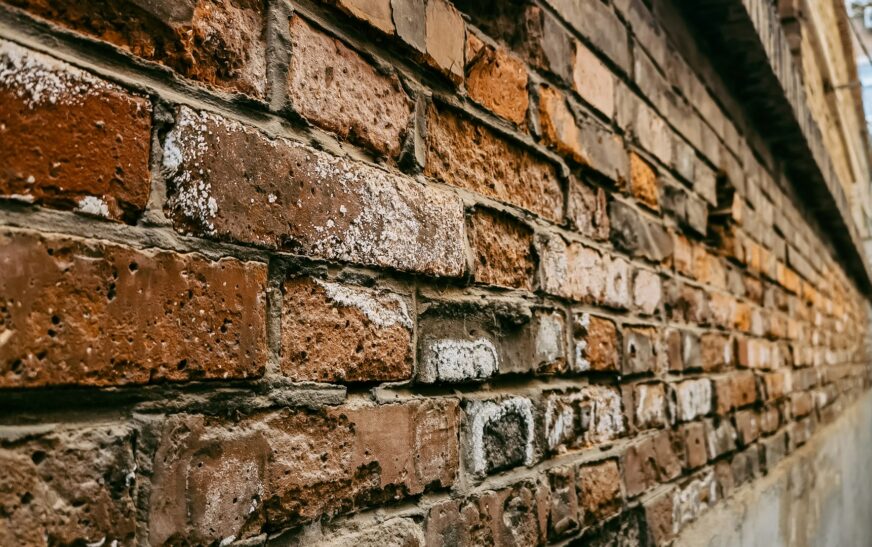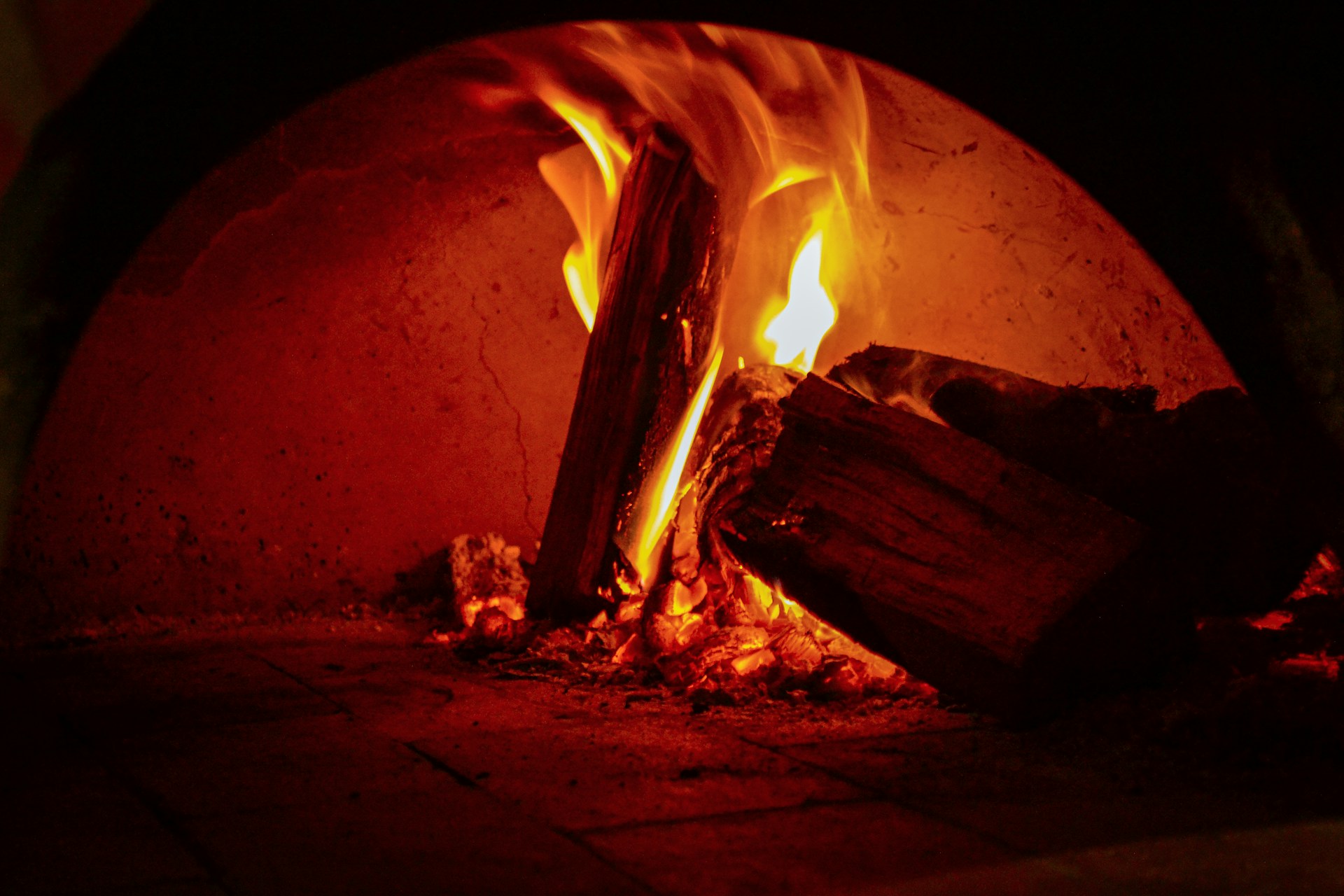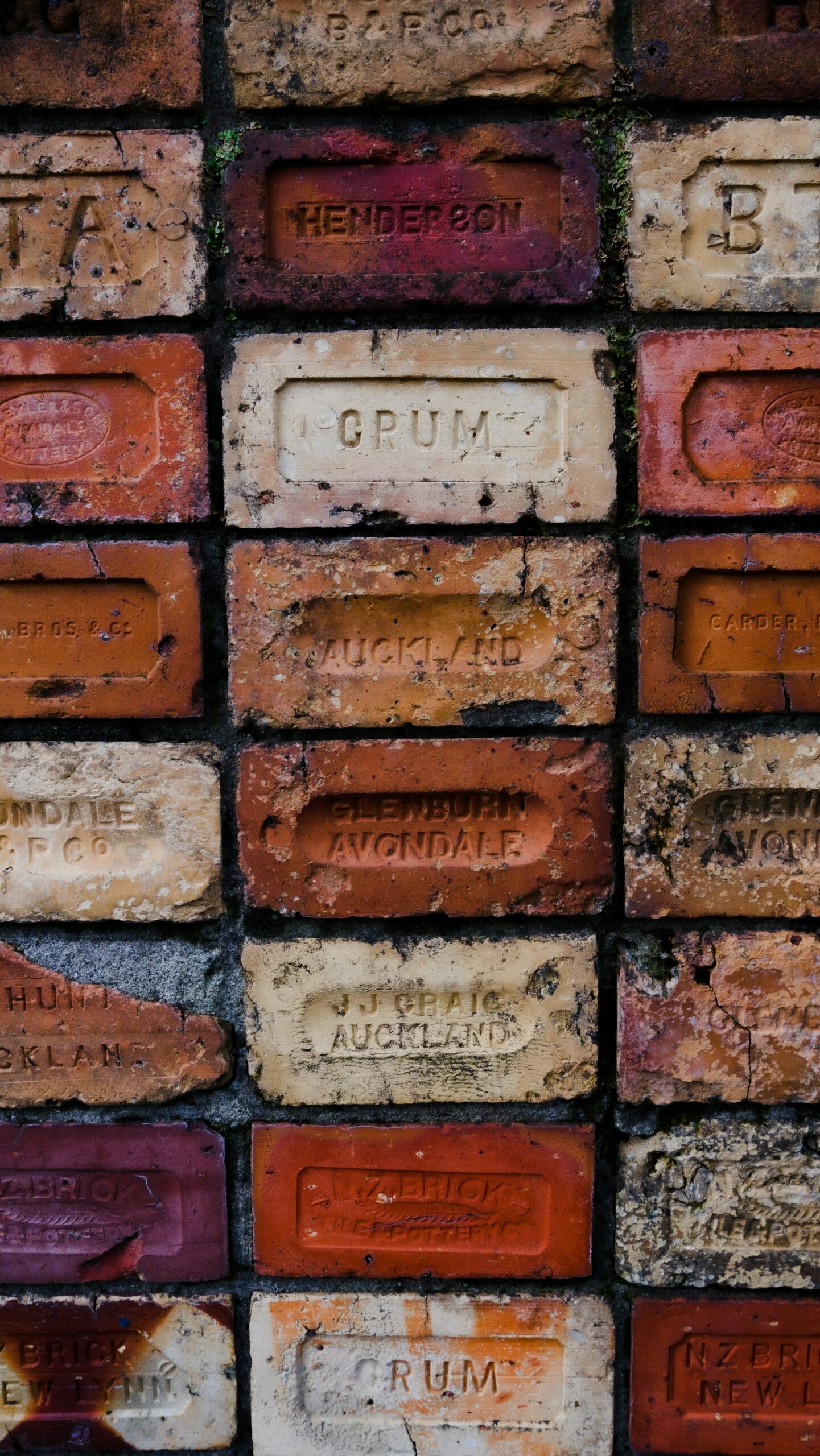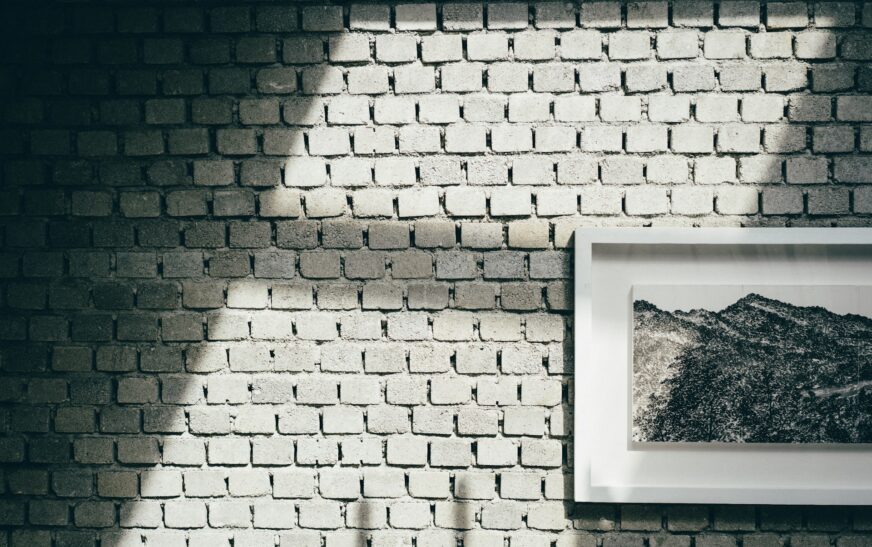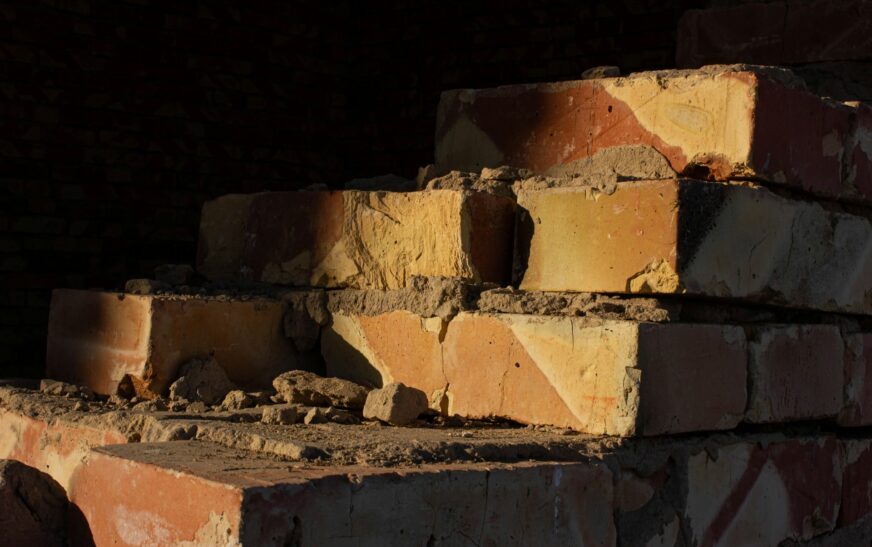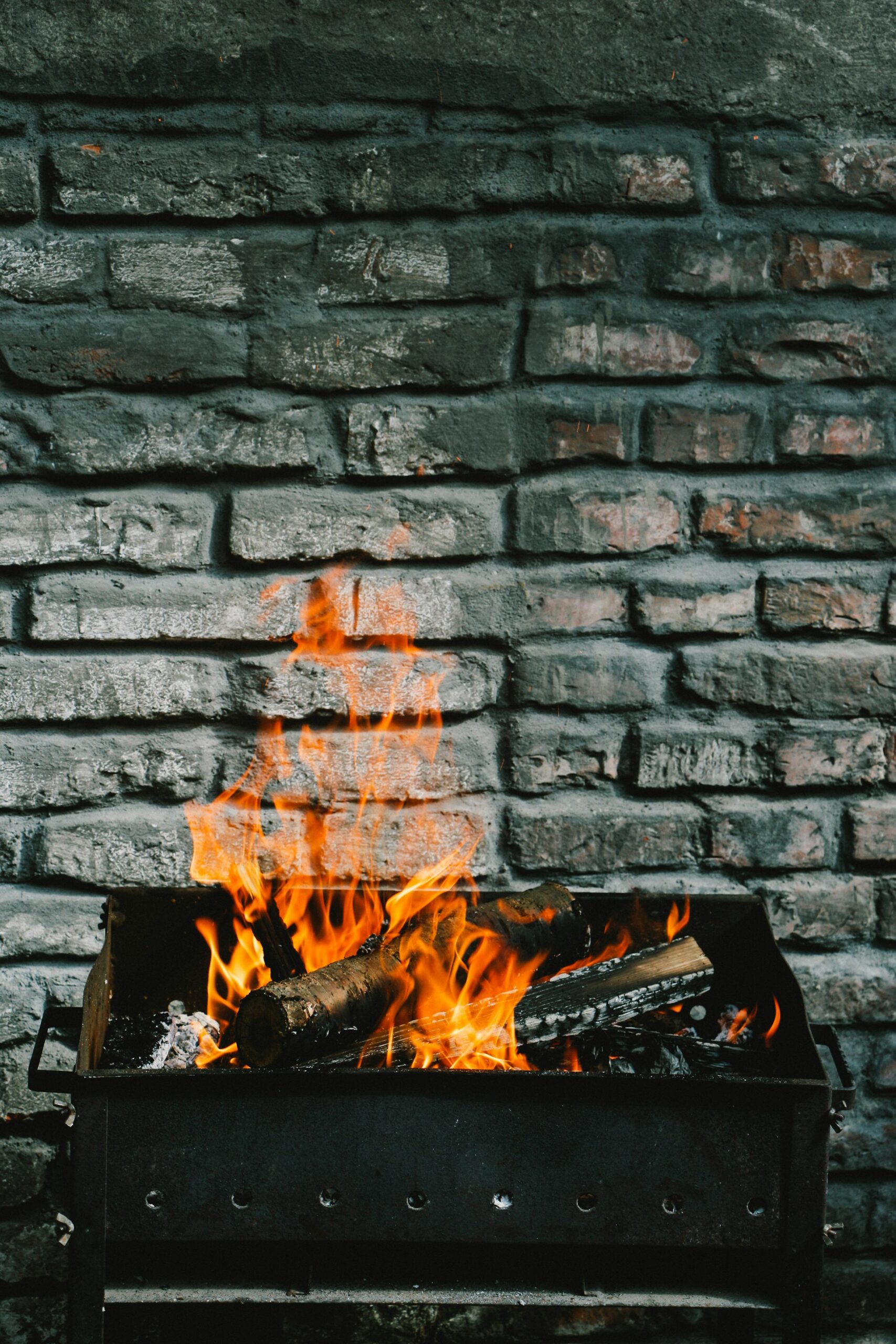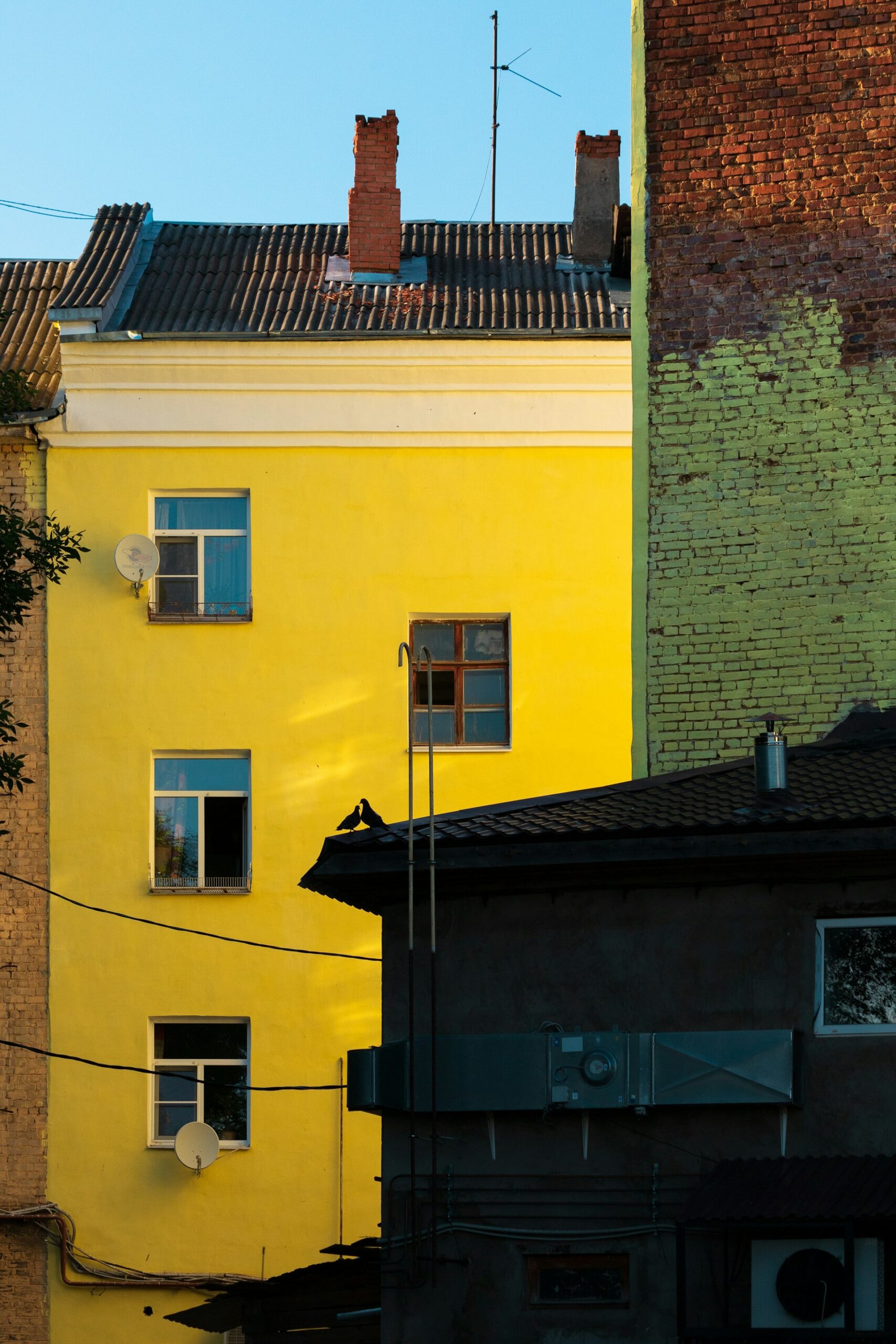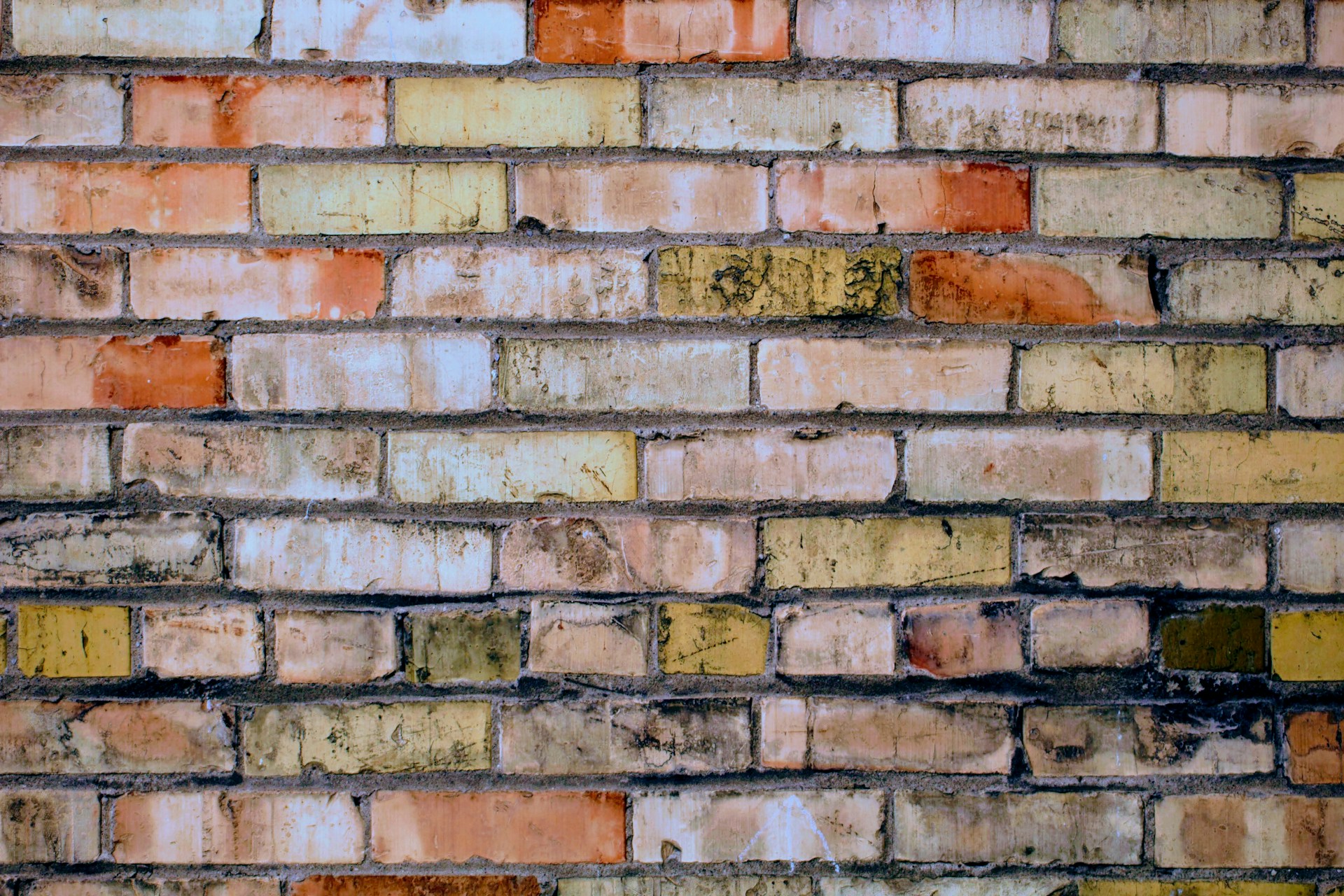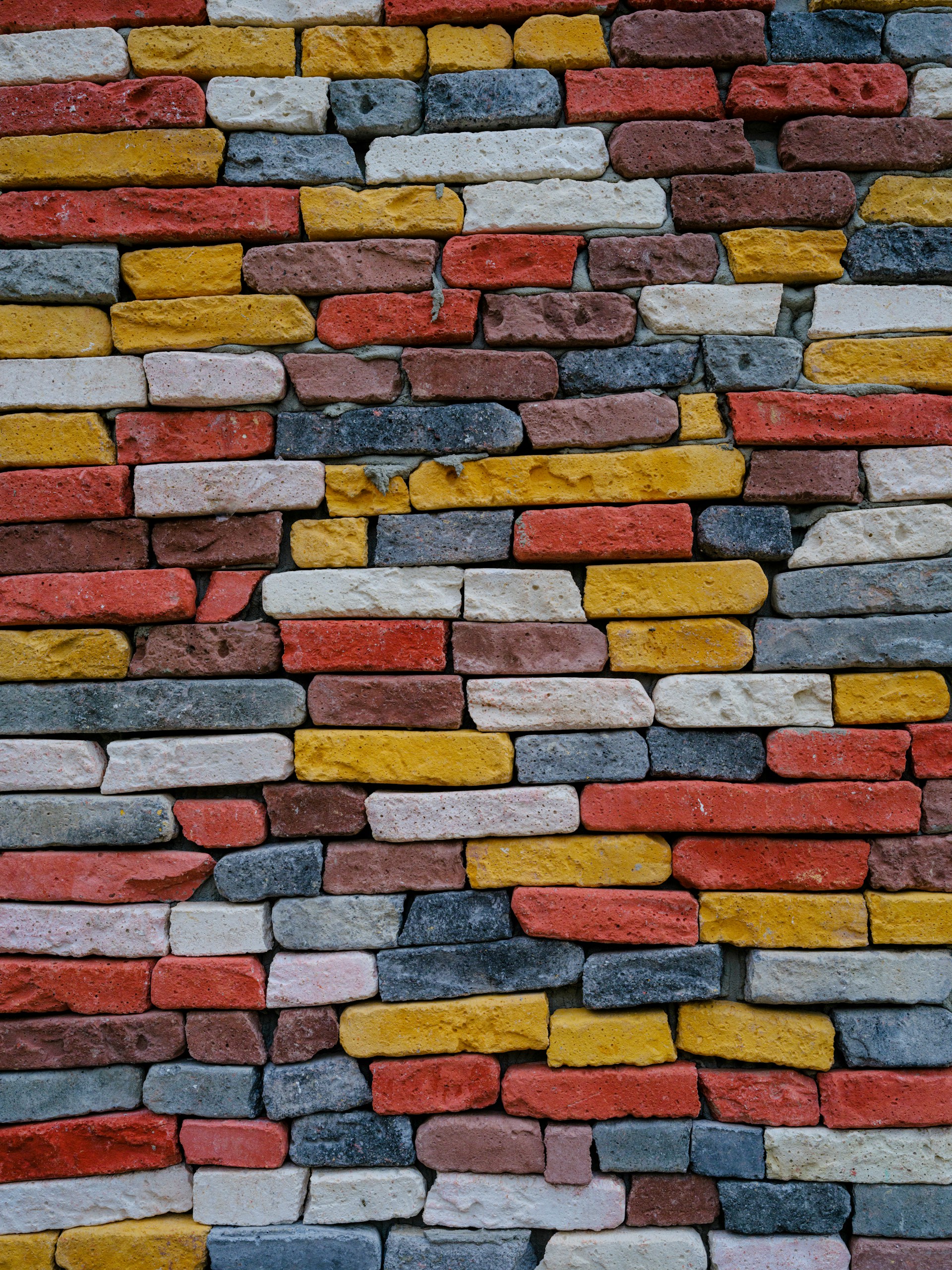Ever noticed a weird white, powdery coating on your brick wall and thought, “Uh oh, my house is disintegrating”? Don’t panic — that stuff is called efflorescence, and while it looks ugly, it’s not your brick falling apart. It’s basically salt being a little dramatic.
Efflorescence happens when water sneaks into brick or mortar, carries salts to the surface, and then evaporates, leaving a chalky white film behind. Annoying? Yep. Dangerous? Nope. But it can make your beautiful brick look neglected. Luckily, there are simple ways to clean it up and stop it from coming back.
What’s Really Going On Here?
Efflorescence is just salt deposits showing up after water has done some sneaky traveling through your masonry. Here are the usual suspects:
- Rain or leaks soaking into brick
- Poor drainage around your walls
- Mortar that’s high in salts
- Rising damp or condensation indoors
So yeah, the white stuff is only half the story. The real problem is usually moisture. Clean the brick all you want, but if you don’t deal with the water, that ghostly white haze will return.
Why Bother Removing It?
True, efflorescence won’t destroy your brick, but here’s why you’ll want to tackle it:
- Looks bad → dulls the natural brick color and screams “I’ve been ignored.”
- Surface damage over time → repeated wet/dry cycles can powder the brick surface.
- Hides detail → brickwork textures and patterns disappear under the chalk.
Basically, leaving it there is like letting dust bunnies take over your living room — not catastrophic, but not cute either.
How to Get Rid of Efflorescence (Without Wrecking Your Brick)
Step 1: Dry Brushing (The Quick Fix)
- Grab a stiff-bristle brush (not wire).
- Gently scrub downward to knock the salts loose.
- Works best on new, light deposits.
Pro tip: This is the easiest method, and it doesn’t involve chemicals. Start here before you escalate.
Step 2: Wet Cleaning (When Brushing Isn’t Enough)
- Rinse with water → Light rinse + soft brush = salt be gone. Just don’t drown the wall.
- Vinegar mix → 1 part white vinegar to 5 parts water. Dab it on, rinse well, and let dry.
- Specialty cleaners → If the above fail, grab a commercial masonry cleaner. Always spot test first.
Warning: Don’t go overboard with water. Too much moisture just sets the stage for another round of efflorescence.
Step 3: Fix the Moisture Source (The Long-Term Solution)
Otherwise, you’re just playing whack-a-mole. Check for:
- Leaky gutters/downspouts
- Cracked mortar joints
- Bad drainage near foundations
- Basement humidity/condensation
Seal cracks, fix leaks, redirect water, add ventilation — whatever it takes to keep bricks from constantly getting soggy.
Step 4: Prevention (Future You Will Thank You)
- Seal the brick → Use a breathable sealer (important: breathable, so trapped moisture can escape).
- Improve drainage → Keep water moving away from the wall.
- Control indoor humidity → Dehumidifiers in basements are lifesavers.
- Regular checks → Catch it early, and it’s way easier to deal with.
Rookie Mistakes to Avoid
- Scraping too hard → you’ll damage the brick surface.
- Dumping on acid → strong acids eat mortar for breakfast.
- Skipping the moisture fix → the white stuff will just come back.
- Overwatering during cleaning → you’re literally feeding the problem.
Read More : How to Hang Pictures on Brick: A Step-by-Step Guide
Final Word
Efflorescence might be ugly, but it’s not the end of the world. Think of it as your brick’s way of saying, “Hey, we’ve got a moisture issue.” Clean it properly, fix the water problem, and seal things up — and your brick will stay looking solid for years to come.

